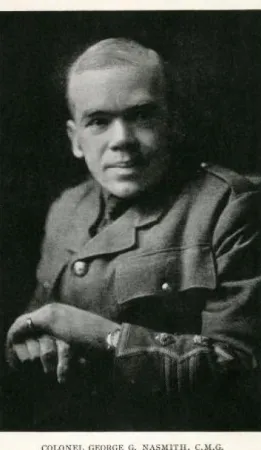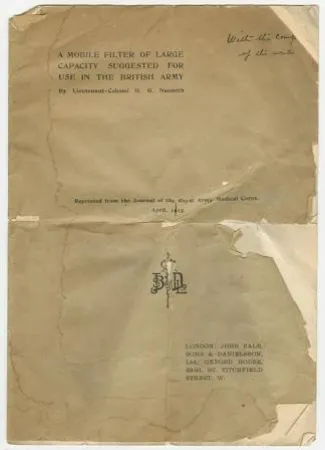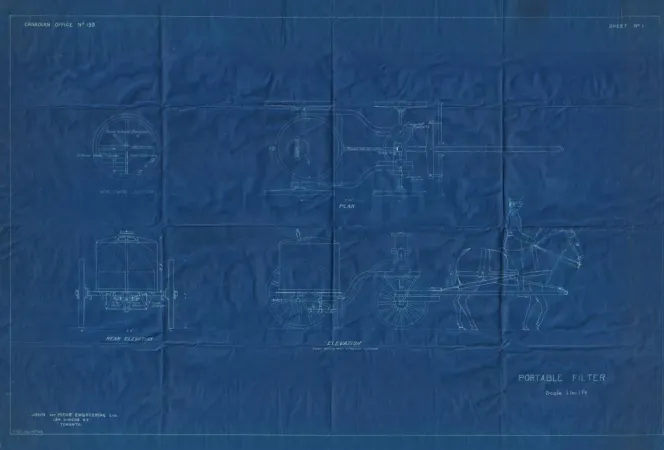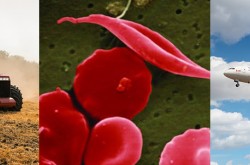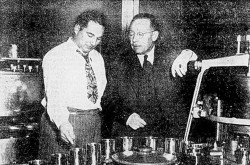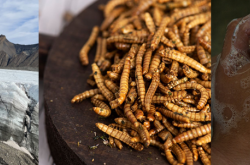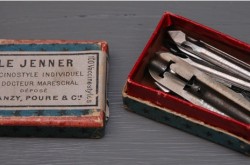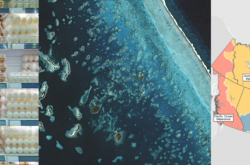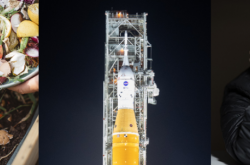Colonel George Gallie Nasmith: Mobile Water Filtration for the Allies
This article was originally written and submitted as part of a Canada 150 Project, the Innovation Storybook, to crowdsource stories of Canadian innovation with partners across Canada. The content has since been migrated to Ingenium’s Channel, a digital hub featuring curated content related to science, technology and innovation.
George Gallie Nasmith was a Provincial Board of Health chemist and the Director of Laboratories at the Department of Health of the City of Toronto.
Nasmith tried to enlist for service during the First World War but was turned away because of his height: 4 ft. 6 in. He appealed and eventually received authority to organize a laboratory to test and purify drinking water for Canadians overseas. He was responsible for the water supply at Valcartier Camp, in Quebec, in 1914, and later served in the Canadian Army Medical Corps in England, as sanitary advisor in charge of water purification.
By March 1915, he was an officer commanding No. 5 (Canadian) Mobile Laboratory in Europe, where he introduced procedures to reduce illnesses caused by unsanitary conditions in the field. Colonel Nasmith developed a method to chlorinate the water used by the Allies at the front, and his models of mobile water filtration and sterilization units were adopted by the British Army.



